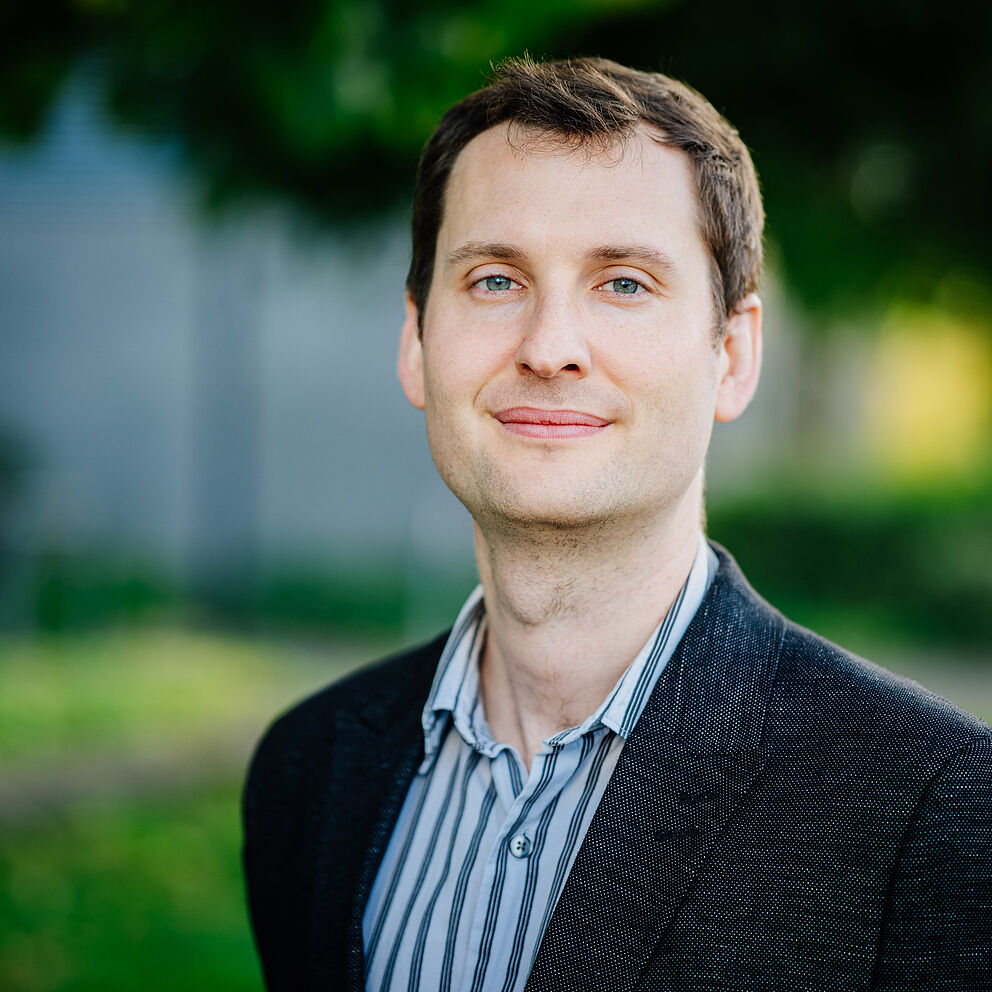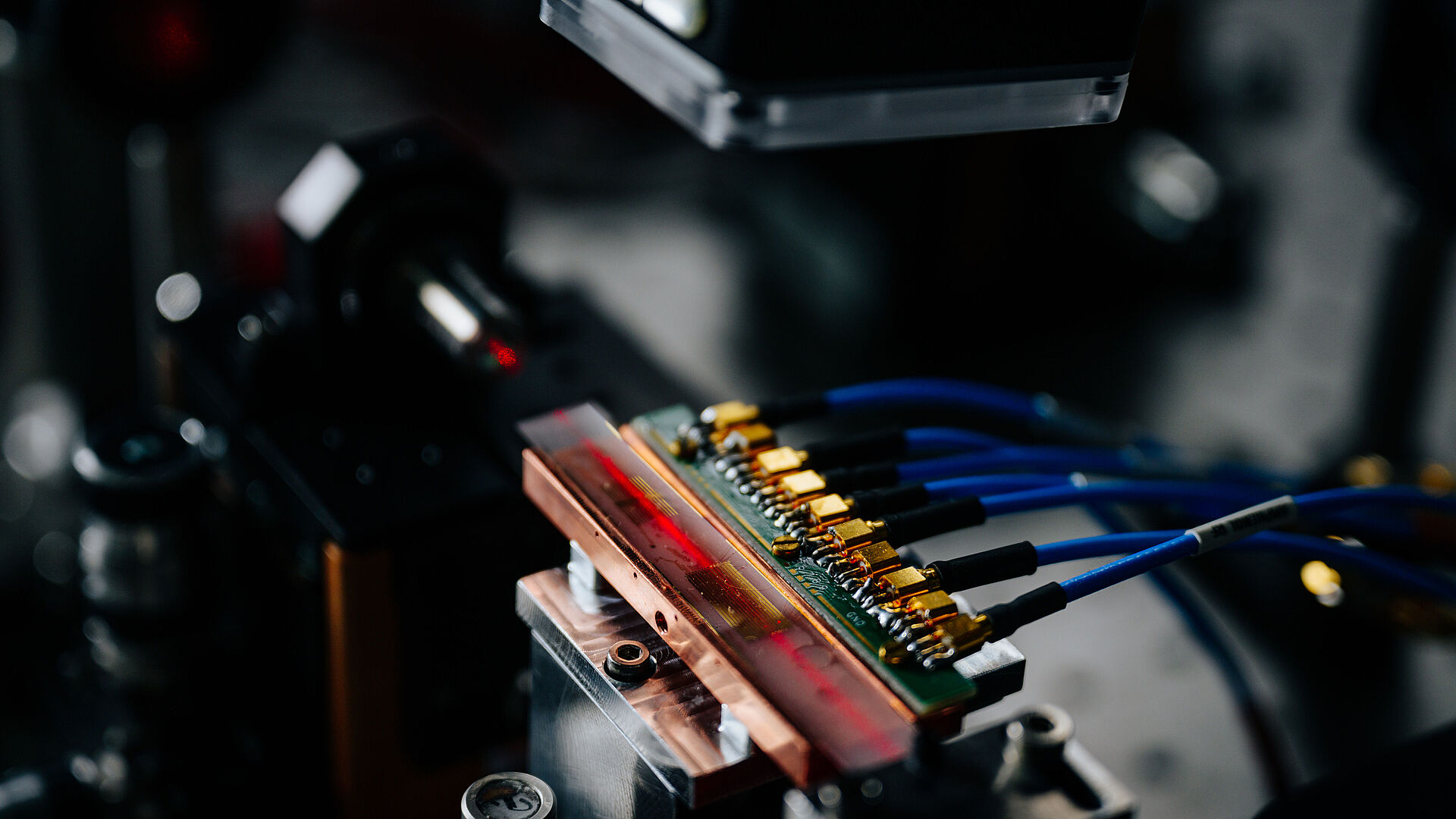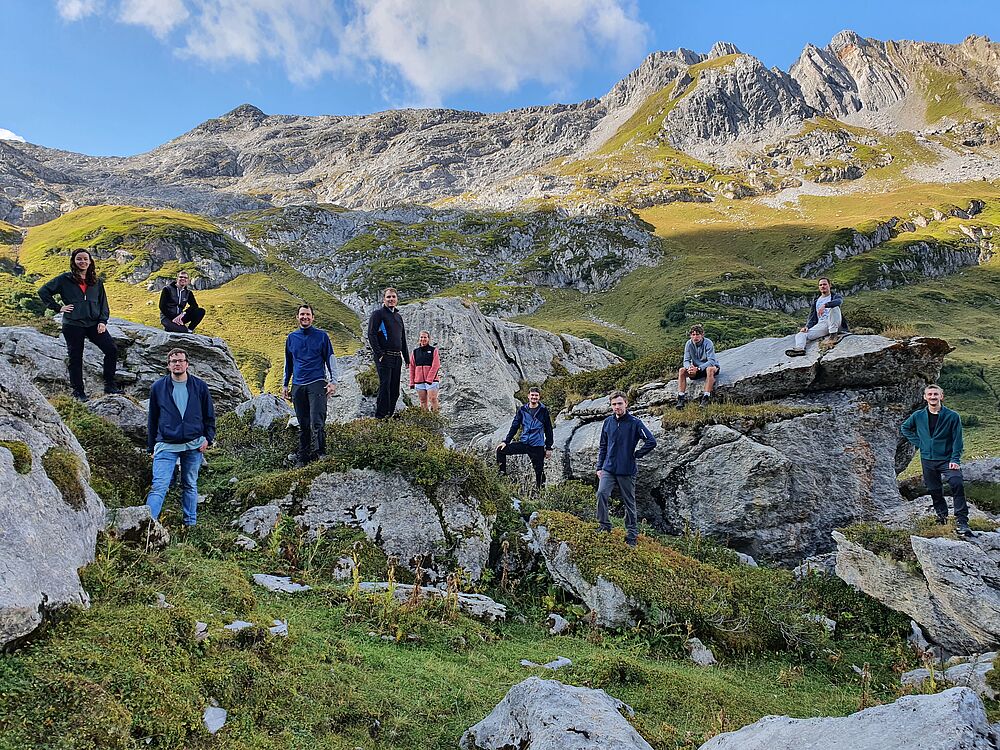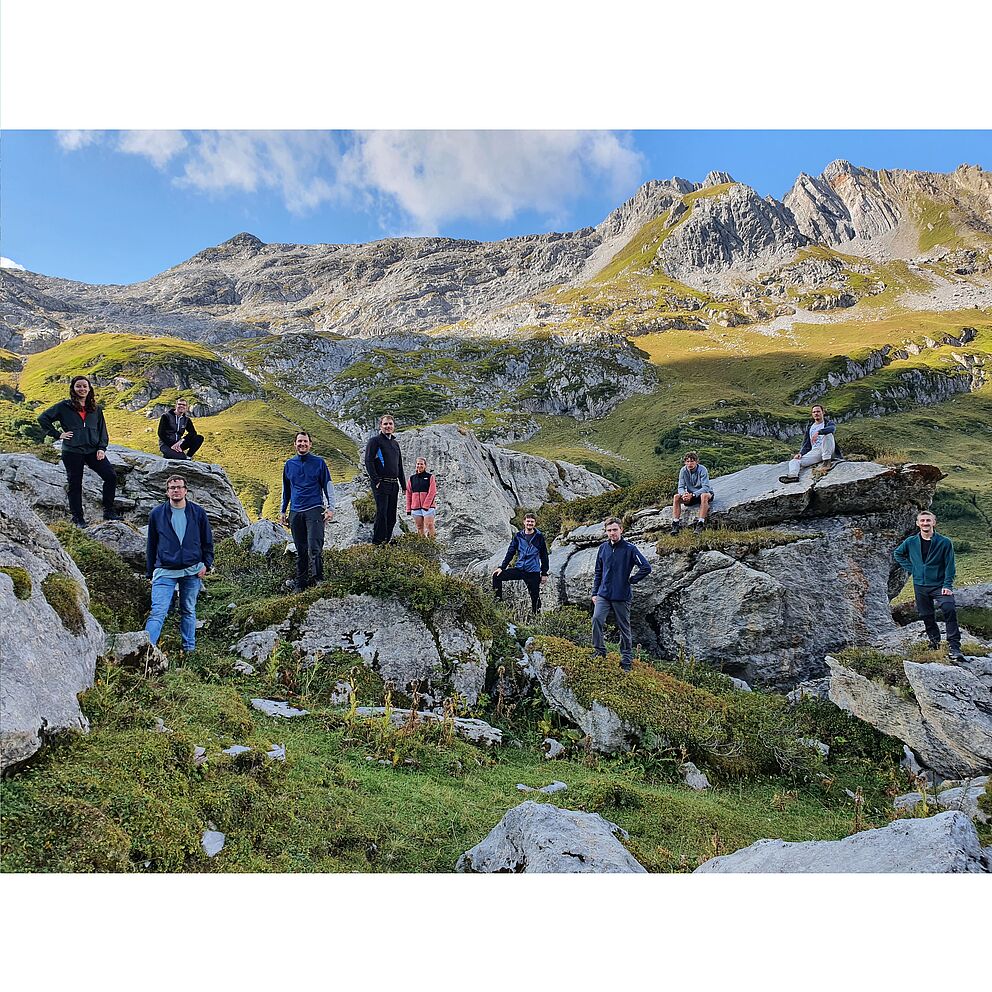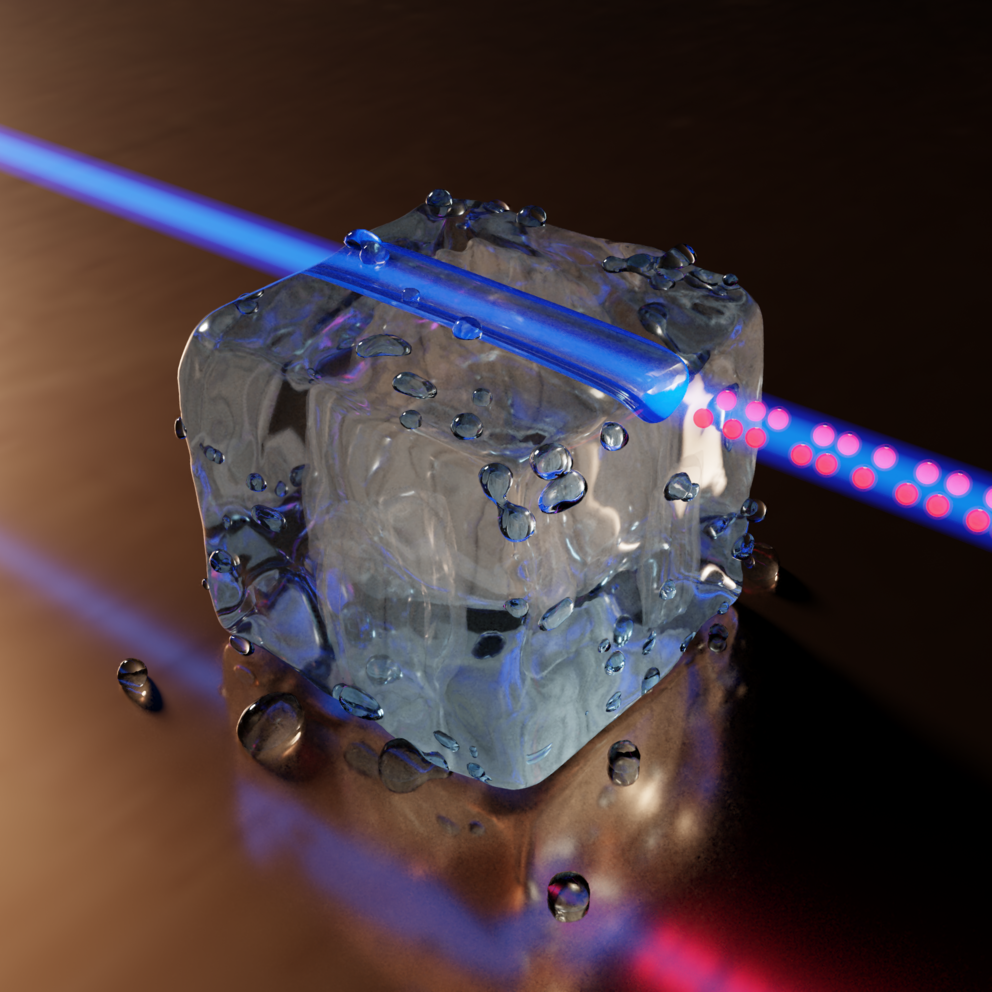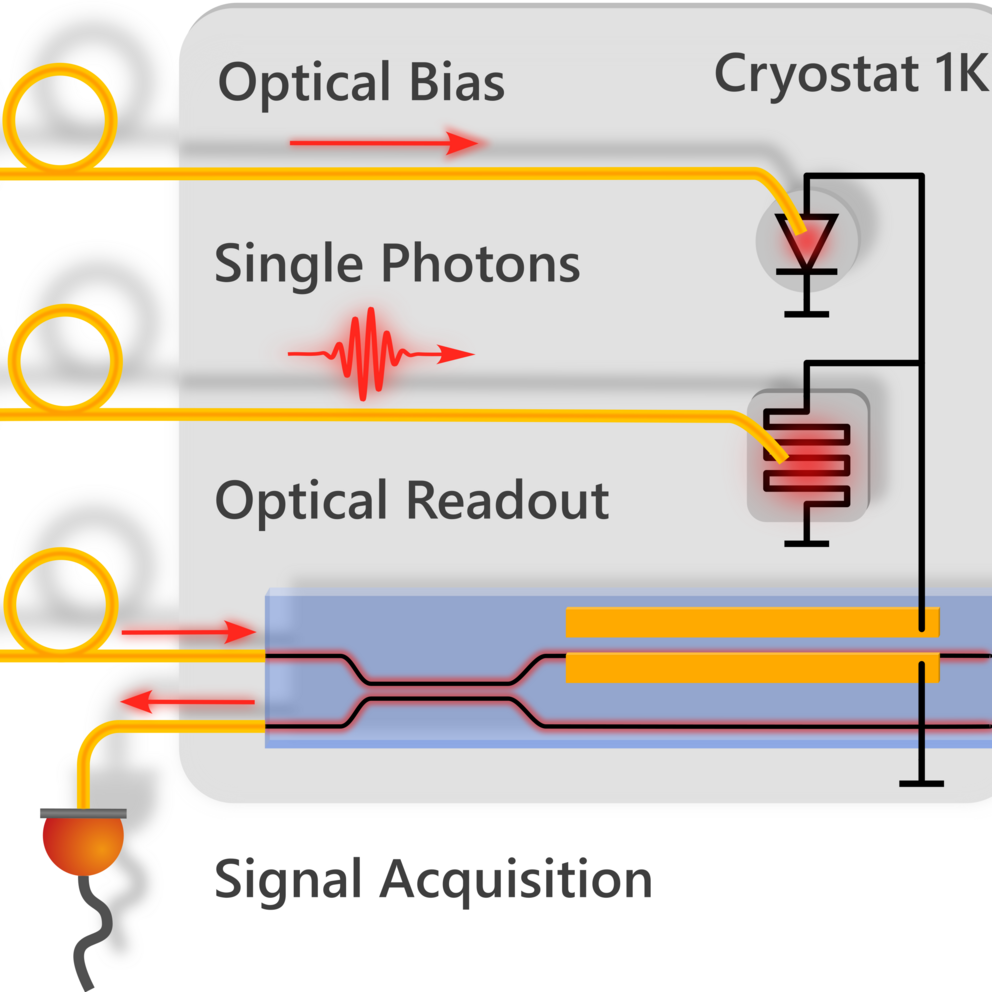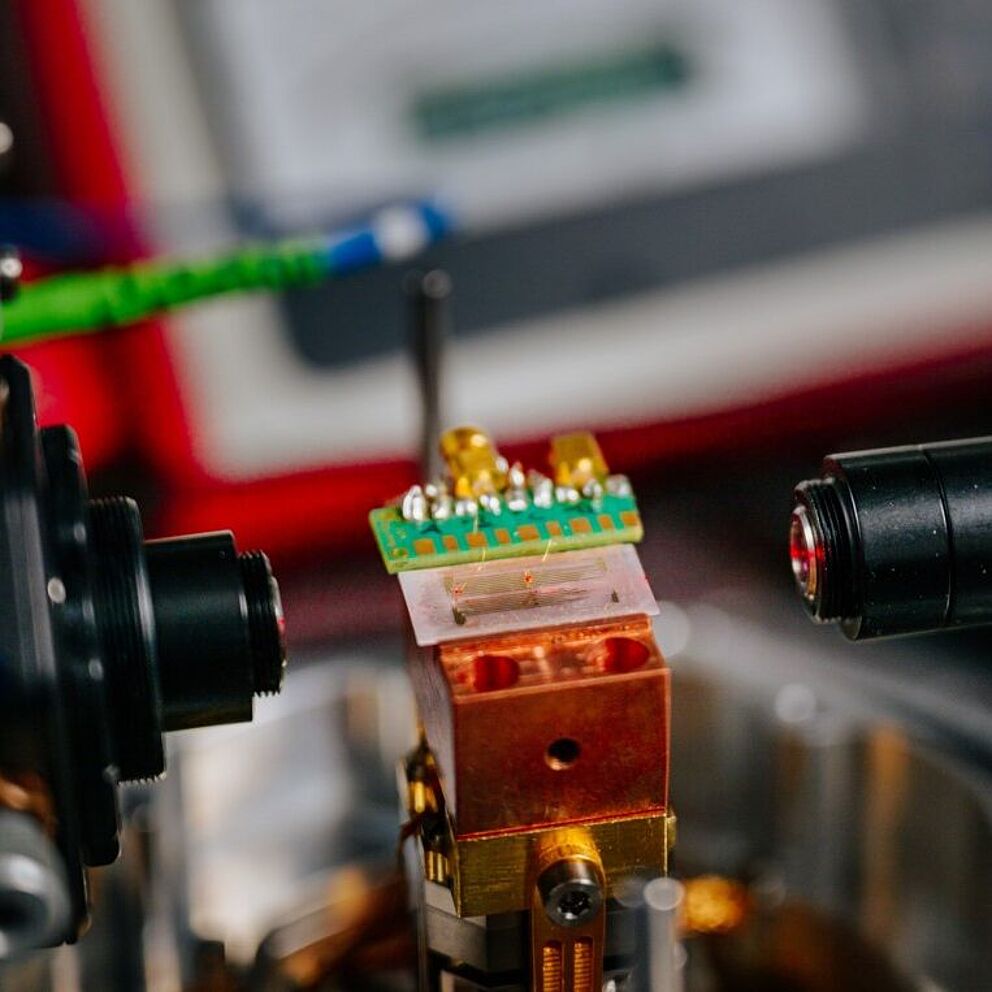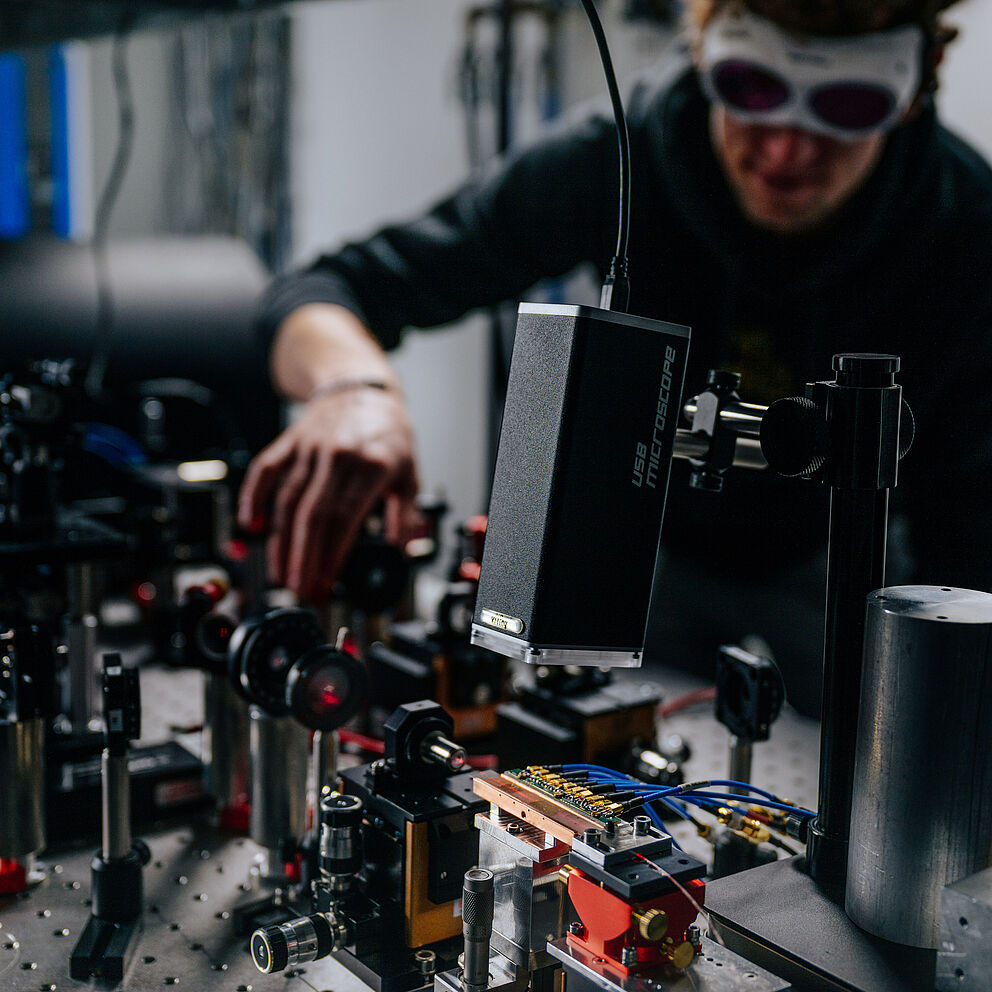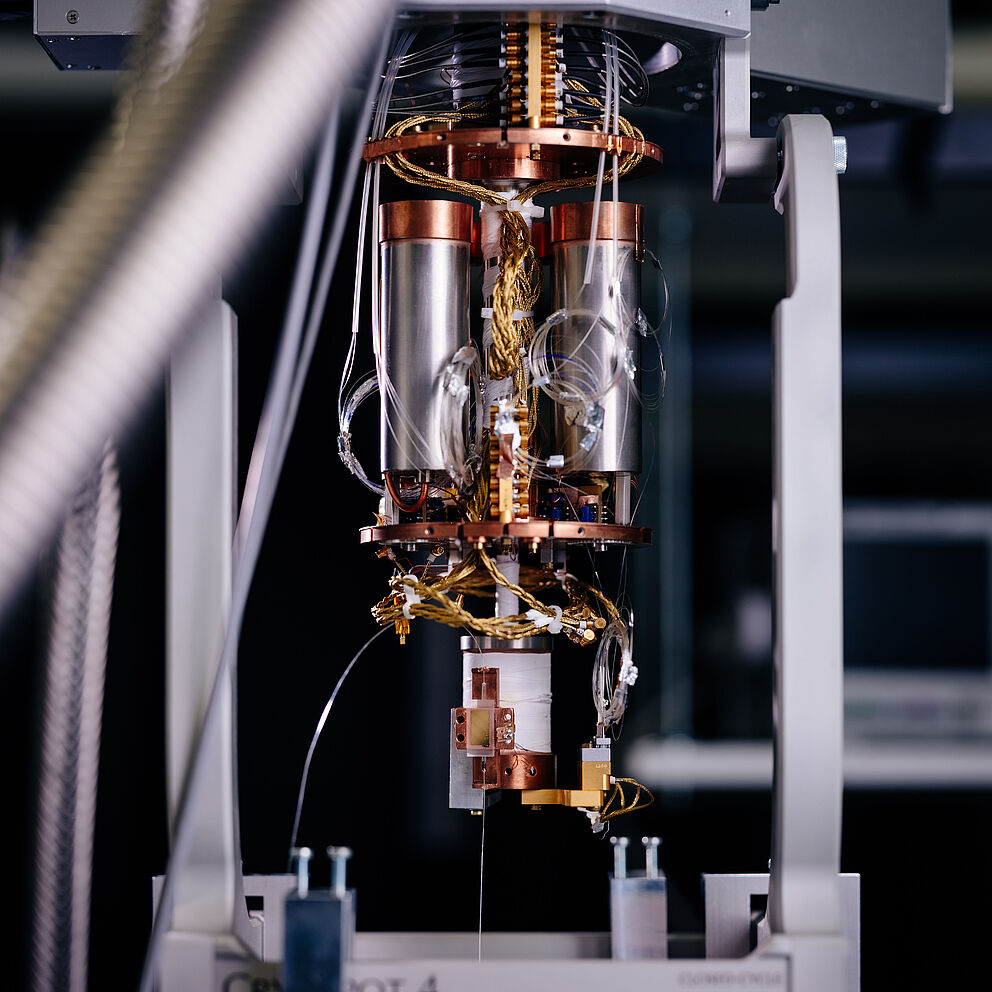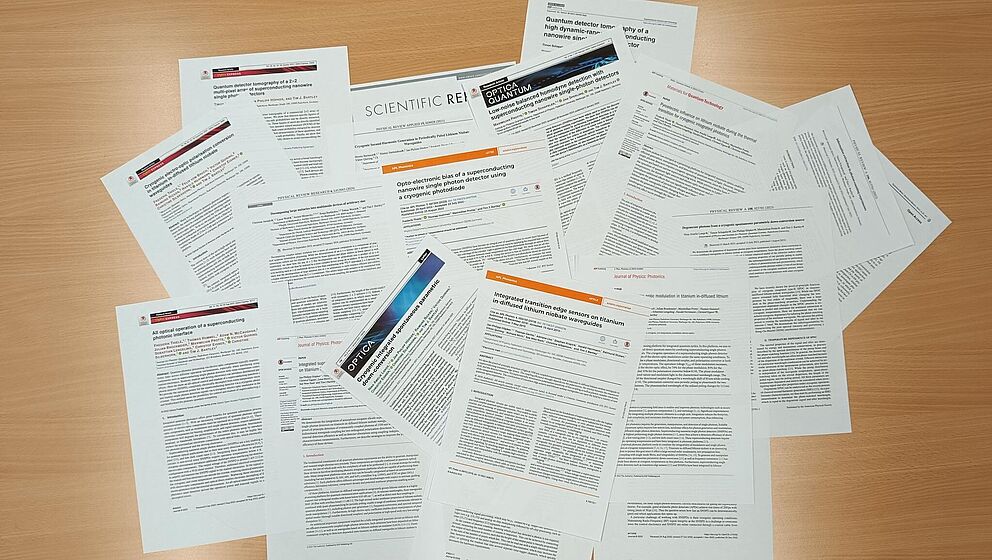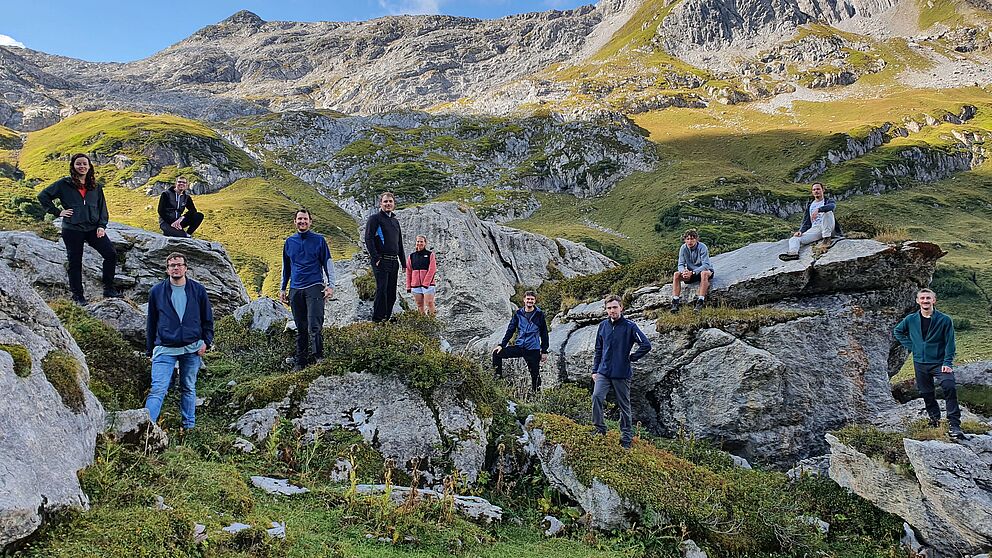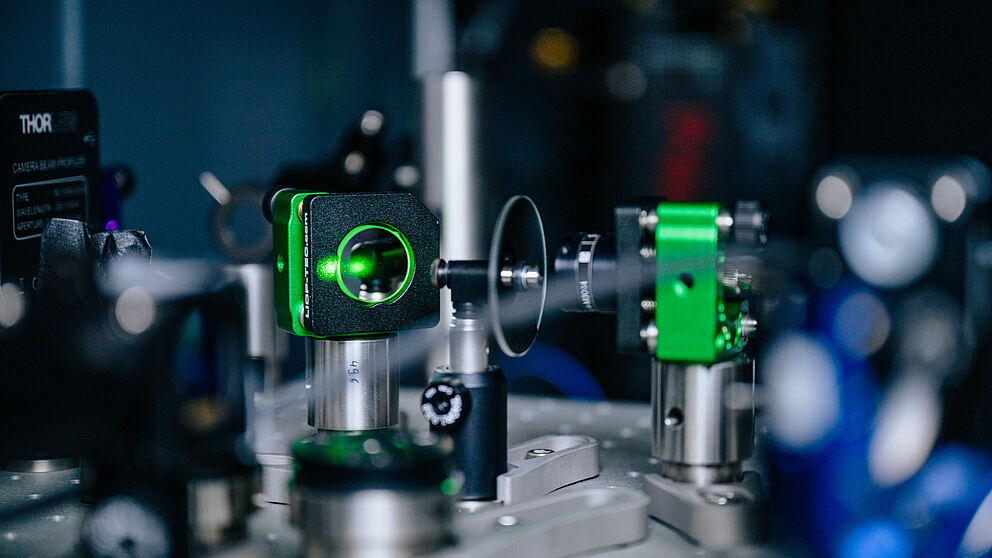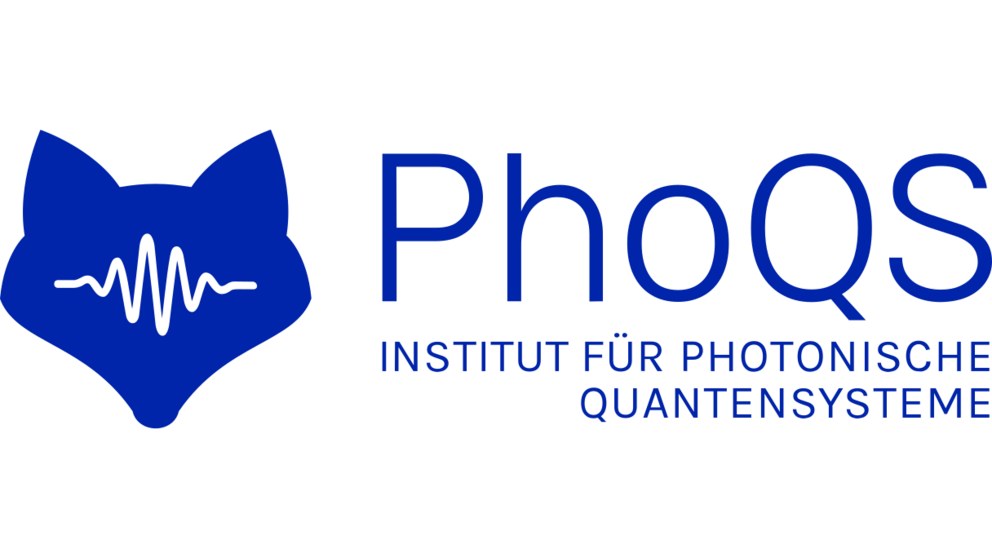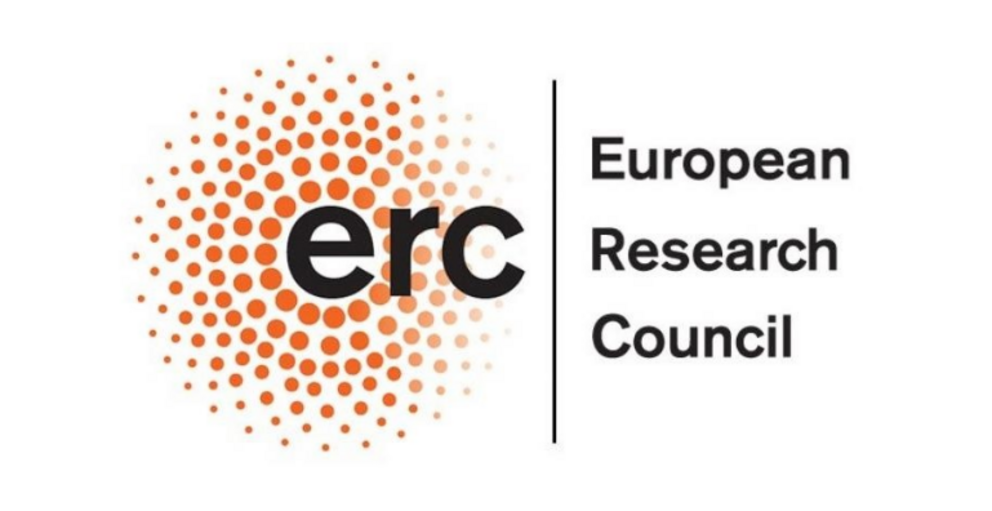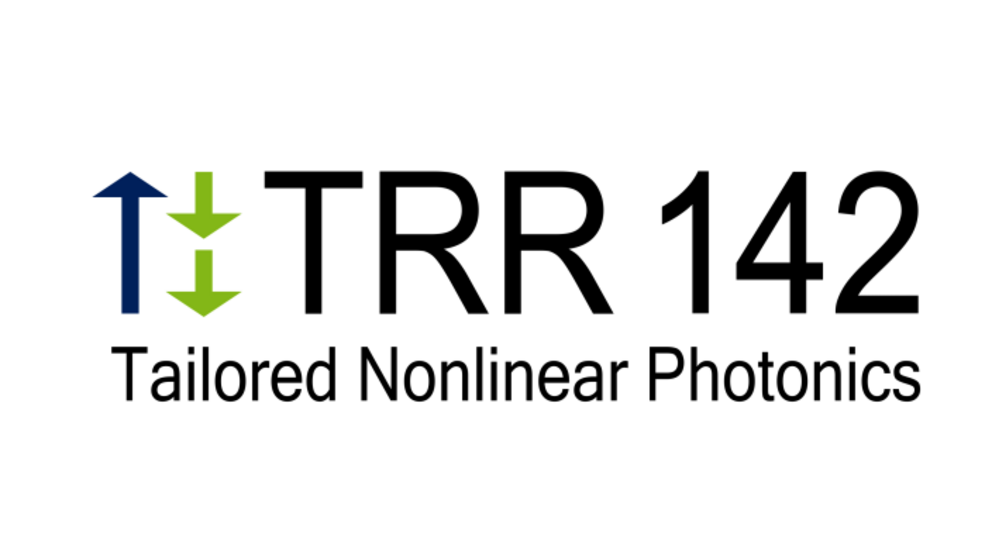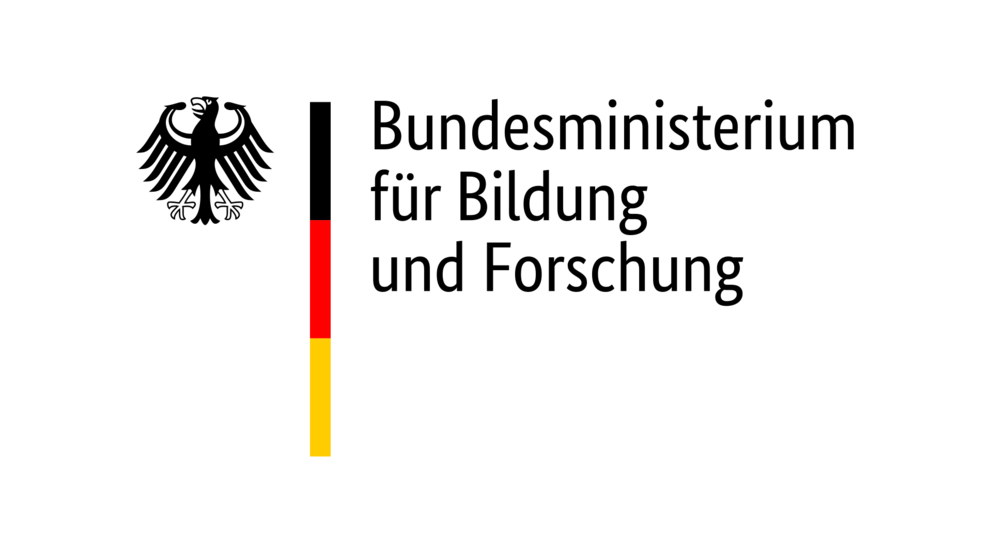Über uns
Wir erforschen die fundamentale Physik der Quantenzustände des Lichts und deren Anwendungen. Diese Quantenzustände bestehen aus mehreren 10, 100 oder 1000 Photonen. Dabei ist die Größenordnung entscheidend, denn so zeigt sich der grundlegende Vorteil von Quantensystemen gegenüber klassischen Systemen. Diese echte Quantenverbesserung ist in vielen Bereichen sichtbar, darunter Messtechnik, Berechnung und Kommunikation.
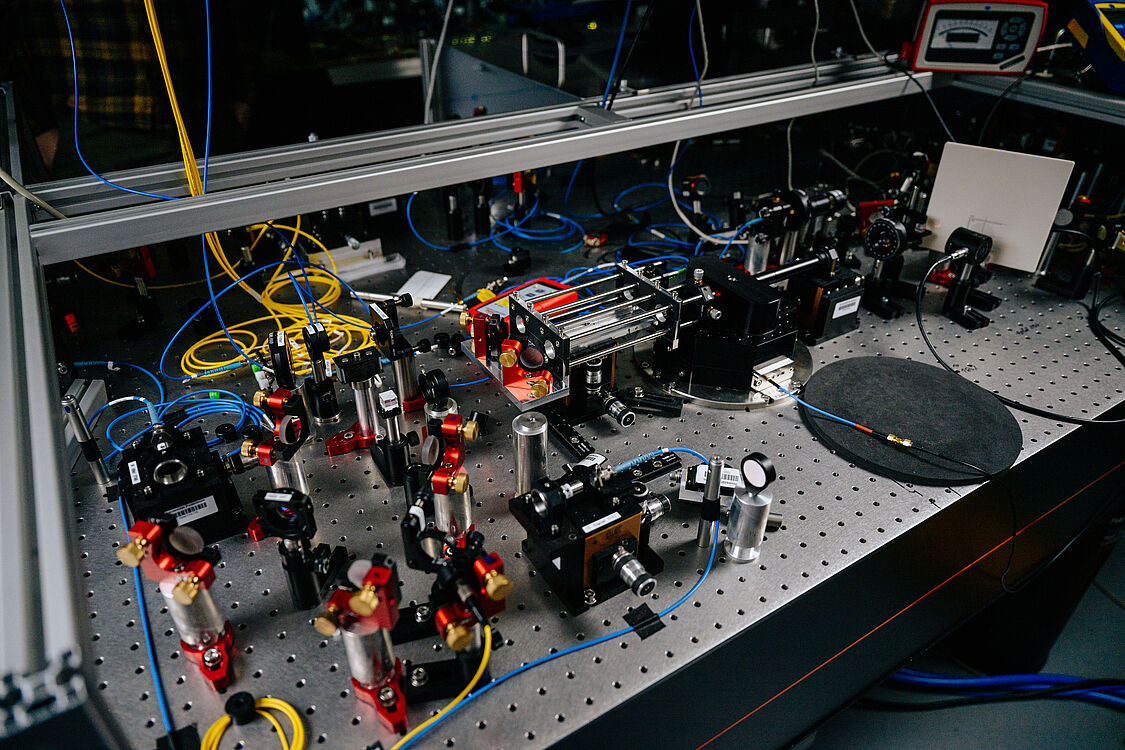
Forschung
Die Forschung der MQO-Gruppe kann in drei Teilbereiche unterteilt werden:
- Entwicklung der Grundlagentechnologie (im Reinraum)
- Kryogene nichtlineare Optoelektronik (im Optiklabor)
- Fortgeschrittene quanten-photonische Datenverarbeitung (am Computer)
Erfahren Sie mehr auf unserer Forschungsseite.
Nachrichten
Alles auf einen Blick
Netzwerke und Projekte
Keine Nachrichten verfügbar.
Kontakt
